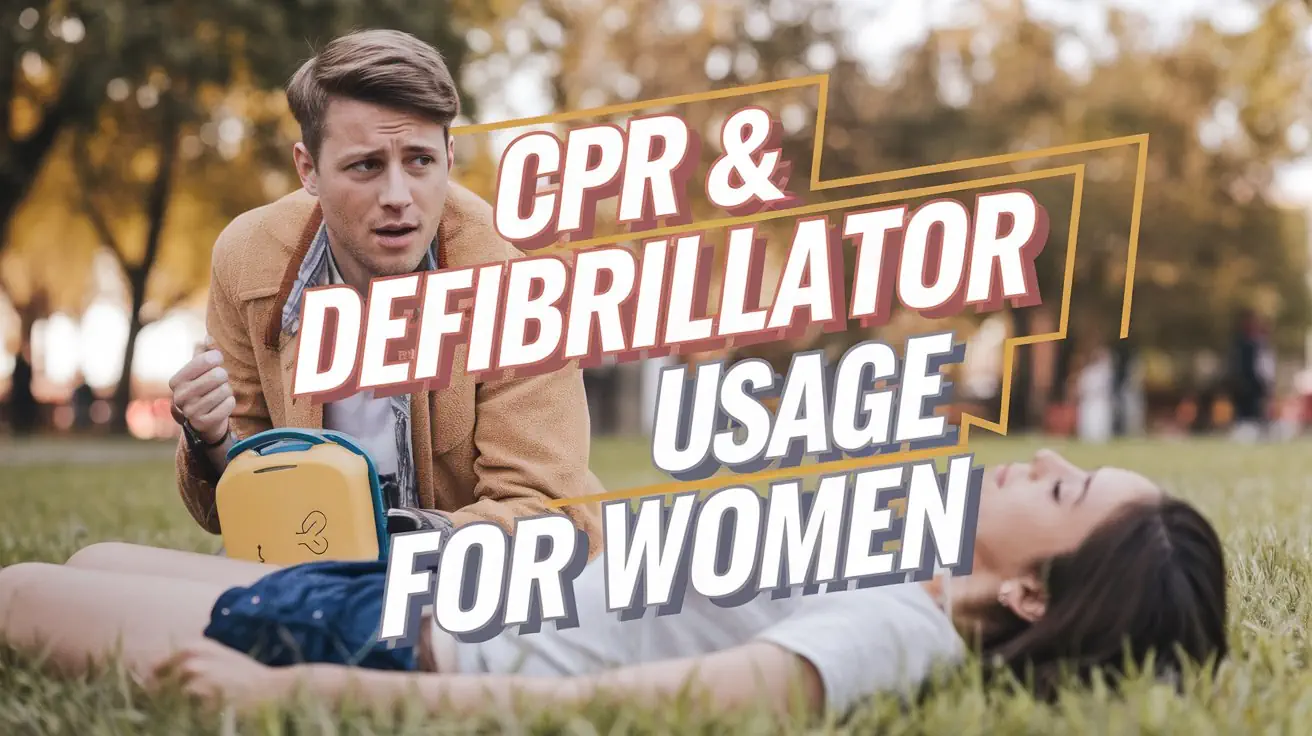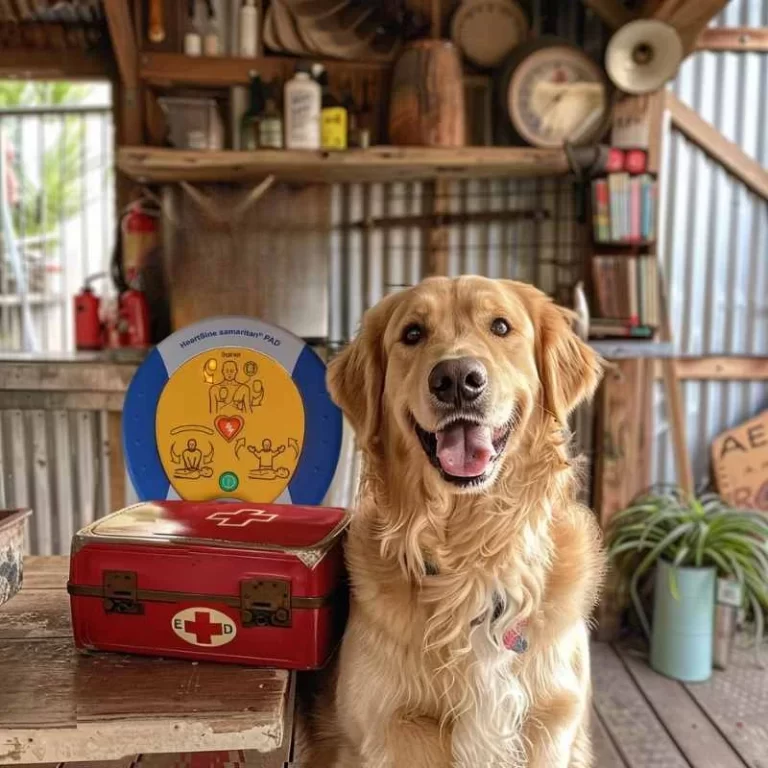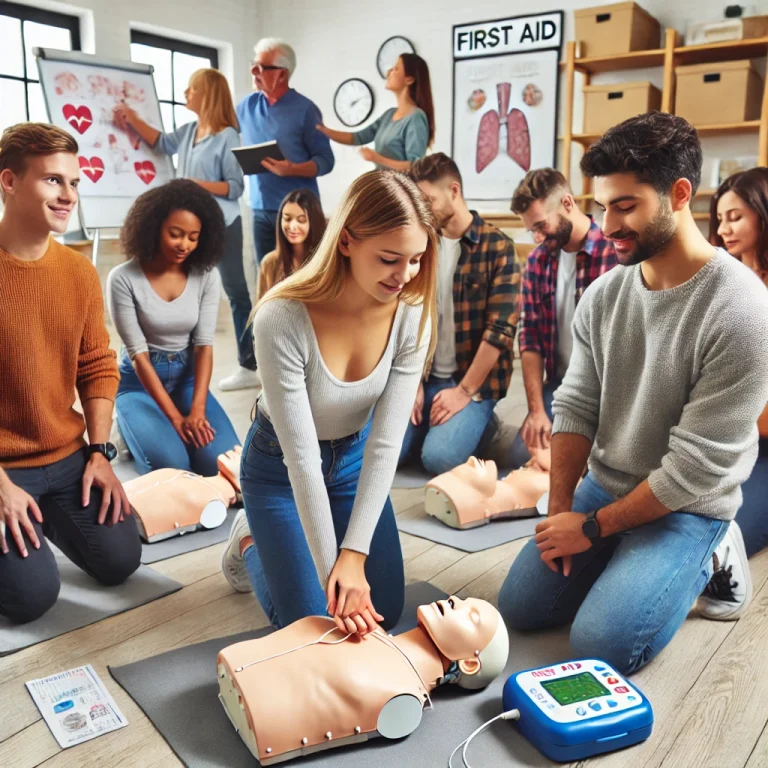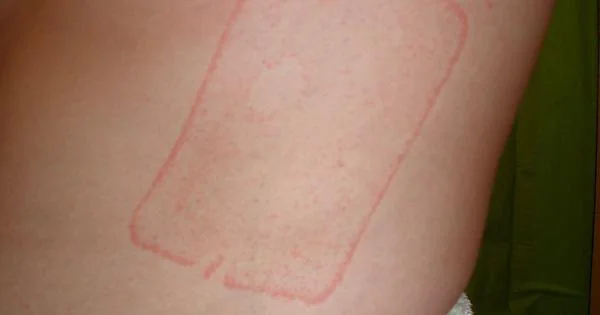CPR & Defibrillator Usage for Women
Key Takeaway: Don’t let fear or discomfort stop you—when someone’s life is on the line, taking action is what matters. CPR and AEDs save lives, and the law has your back when you help.
Saving Lives Shouldn’t Have Barriers—Let’s Talk CPR & Defibrillation
When someone collapses and stops breathing, there’s no time for second-guessing. Every second without CPR reduces their chances of survival, and yet, gender hesitancy is stopping people from stepping in. That’s not just unfortunate—it’s unacceptable. Saving lives is not a gendered issue, and it’s time we bust the myths that hold people back.
Can a Man Give CPR to a Woman? Yes, and You Must.
CPR is not optional when someone’s life is on the line. If a person is unresponsive and not breathing, gender does not matter—saving their life does.
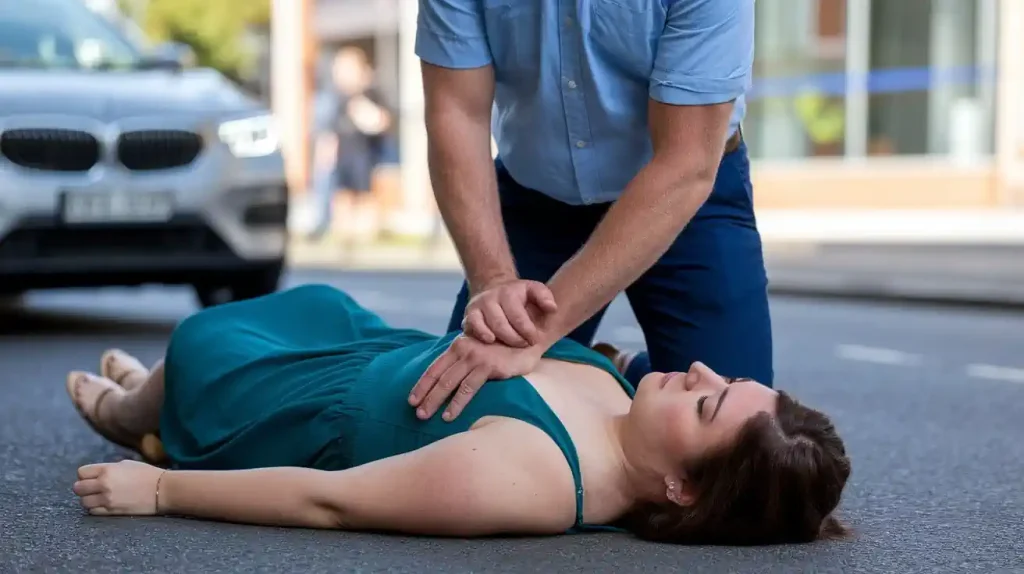
Why Do People Hesitate?
- Fear of Inappropriate Contact – Some people worry about how it might look to perform chest compressions on a woman. But let’s be clear: hesitating out of fear of discomfort is not an excuse to let someone die.
- Legal Concerns – The Good Samaritan laws protect bystanders who provide emergency care in good faith. If your intent is to save a life, you are covered.
- Lack of Confidence – Worrying about “getting it wrong” can stop people from stepping in. But doing something is always better than doing nothing.

Here’s What You Need to Do:
- Start chest compressions immediately if the person is unresponsive and not breathing.
- Push hard and fast in the center of the chest at a rate of 100-120 compressions per minute.
- Use an AED as soon as possible—this can make the difference between life and death.
Does a Bra Need to Be Removed for Defibrillation? Yes, and Here’s Why.
If you have an AED (Automated External Defibrillator) available, using it correctly is crucial. And yes, that means removing or pulling down the bra.
Why?
- Electrode Pad Placement – AED pads need to go directly on the skin, one on the upper right chest and one on the lower left side.
- Metal Interference – Many bras contain underwire, which can interfere with the shock delivery.
- Fabric Obstruction – You can’t place pads over clothing because it reduces the effectiveness of the shock.
How to Do It Quickly and Respectfully
- If possible, pull the bra down to expose the necessary area.
- Or Use medical scissors (often included in AED kits) to cut through clothing if needed.
- Expose the chest enough to place the AED pads properly.
- Follow the AED’s instructions—it will guide you through the process.
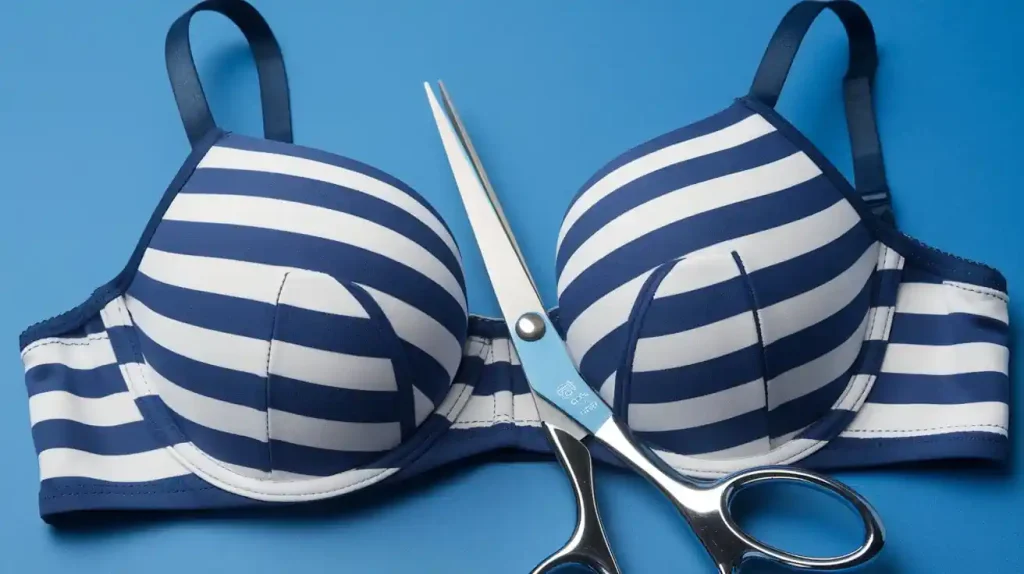
The Bottom Line: Gender Inequality in Saving Lives is NOT Okay.
If you hesitate to perform CPR or use an AED because of gender concerns, ask yourself: “Would I want someone to hesitate if it were my sister, mother, or friend?”
- CPR is about saving lives, not about gender.
- Hesitation kills. Action saves.
- The law protects you when you act in good faith.
- An AED only works if pads are placed on bare skin.
Too many women don’t receive CPR because bystanders are hesitant. We cannot allow discomfort or outdated ideas to get in the way of life-saving action. When someone collapses, you step in—because saving a life is the only thing that matters.

